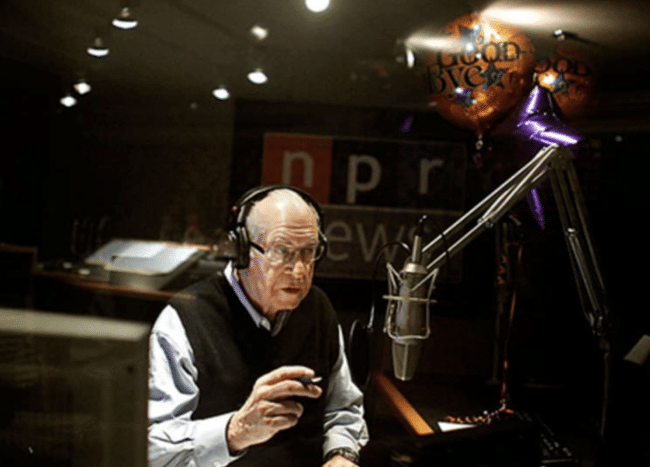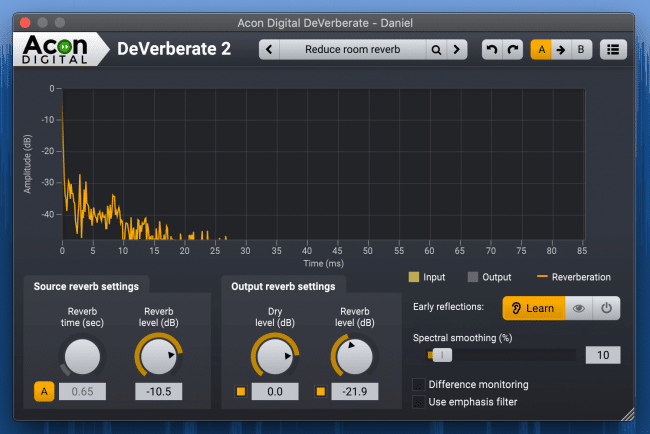AI's Morose Mania
The more excited we are as developers, the more we have to worry about knowledge workers

I get obsessed with things. Right now it’s coffee and podcast audio production. More on coffee later. Let’s talk microphones and audio.
I wrote earlier about how you should reduce bass in your podcast audio so that your voice can cut through background noise. But I didn’t fully implement the lessons therein.
The article that got me started in this direction initially was this one, where NPR’s top audio engineer was interviewed about how they create and maintain their sound.
You should read that piece. All of it. But here’s what I extracted from his tips and combined with other knowledge of this topic—many of which I actually wasn’t doing until just today.
NPR’s podcasts and broadcasts are known for their crispness and clarity. Here’s how they get there.
Go with a condenser mic (rather than a dynamic mic) if you’re looking for crystal clarity, becasue it has a wider frequency range. This will give you more of the highs and lows combined that create that clear, truthful NPR sound.
Speak close to the mic so you get the full benefit of the microphone. He mentioned wanting to be around 6 inches, at a slight angle.
Don’t add bass via effects, your mixer, or any other part of the flow. A low-pass filter is a good example of what not to do.
Use the bass roll-off feature of your mic—if it has one. This means it’ll cut the lowest frequencies out of the original signal directly on the mic.
In other words, speak close and direct into a high-end, condenser mic, drop out the low-end on the mic itself, and don’t mess with the signal after that! Leave it alone.
Also notice that audioreading use this same clear, crisp tone. You never hear them with the rumbling voices of podcasts.
He especially talks about this added bass issue. It’s everyone’s natural tendency to add bass.
Back when I worked in Detroit, we were an RE20 station. And a lot of on-air talent — and we get a little bit of this here at NPR — likes to sound a little bit more authoritative, and they hit the microphone into the flat position to get that bassy sound.
In Detroit, we used epoxy to hold all of the switches into a position so that couldn’t happen again. And, honestly, we do see that occasionally here. We’ll hear something bassy and we’ll run up to the studio and, sure enough, somebody switched it.
Shawn Fox, Lead NPR Sound Engineer
Shawn Fox, Lead NPR Sound EngineerI had tons of bass in my earlier podcasts. I just loved the way it made me sound. But it’s super unnatural, and to his point, it doesn’t peneetrate the noise of the outside world well.

My De-Echo Settings
So, resist the urge to magnify bass. The clean sound will cut through better, and it’s ultimately just more honest.
I’ve just made a bunch of changes on my RODECASTER PRO along these lines.
I don’t have the Big Bottom option enabled.
I removed the high-pass feature.
I turned off the compressor.
And in my podcast software (Hindenburg) I only have a single effect, which is to remove echo from my very small apartment room I’m in, with hardwood floors and no acoustic shielding.
So that’s my upgrade: speaking closer into my U87ai, and removing most effects.
NPR style.